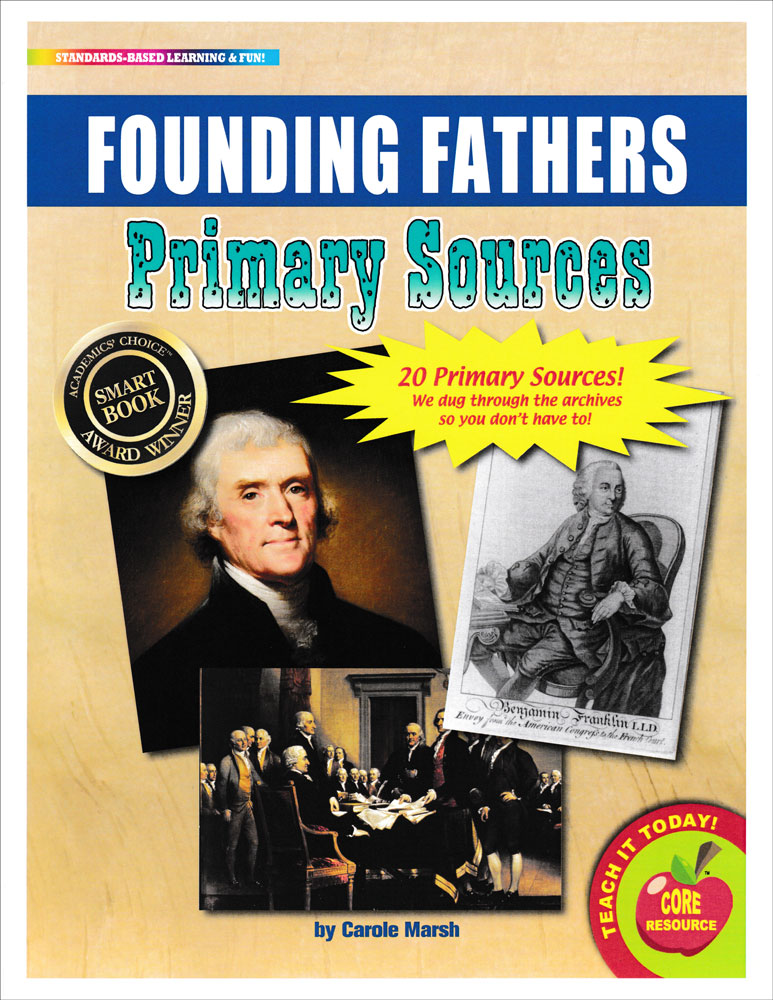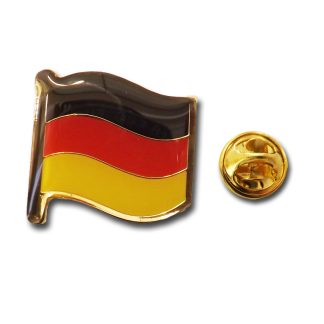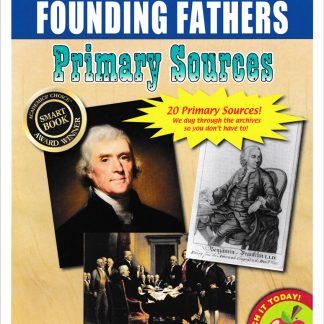Description
Founding Fathers Primary Sources/em are just what teachers need to help students learn how to analyze primary sources in order to meet Common Core State Standards!Students participate in active learning by creating their own interpretations of history using historical documents. Students make observations, generate questions, organize information and ideas, think analytically, write persuasively or informatively, and cite evidence to support their opinions, hypotheses, and conclusions. Students learn how to integrate and evaluate information to deepen their understanding of historical events.The 20 Primary Source documents in Founding Fathers/em include: Painting titled Portrait of Samuel Adams/em by John Singleton Copley–Adams points at the Massachusetts Charter, which he regarded as a document that protected the rights of the people–1722 Photograph of three-pence Pennsylvania colonial currency printed by Benjamin Franklin–1764 Painting titled Portrait of John Hancock/em by John Singleton Copley–1765 Transcript of the last few paragraphs of a letter from John Adams to his wife, discussing America’s Declaration of Independence–July 3, 1776 Engraved print of Benjamin Franklin, envoy from the American Congress to the French court–1780 Photograph of plaque commemorating the Treaty of Paris/em ending the American Revolution–1783 Documents related to The Federalist Papers/em–collection of 85 articles and essays written under the pseudonym ;ldquo;Publius;rdquo; by Alexander Hamilton, James Madison, and John Jay to promote the ratification of the U.S. Constitution Engraved portrait of Alexander Hamilton, first U.S. Secretary of the Treasury–circa 1789 Portrait of Thomas Jefferson–1800 Portrait of James Madison and photo of presidential coin featuring his likeness Painting titled Benjamin Franklin Drawing Electricity from the Sky/em–circa 1816 Painting titled Declaration of Independence/em by John Trumbull–1817 Painting titled Washington as Farmer at Mount Vernon/em by Junius Brutus Stearns–depicts George Washington on his Mount Vernon property–famous home is seen in the background–1851 Lithographic print of painting titled Give Me Liberty, or Give Me Death/em–depicts the famous speech made by Patrick Henry in 1775–print circa 1876 Print showing members of the Declaration of Independence committee–from left to right: Thomas Jefferson, Roger Sherman, Benjamin Franklin, Robert R. Livingston, and John Adams–1876 Lithograph depicting George Washington, Patrick Henry, and Edmund Pendleton traveling from Virginia to the First Continental Congress in Philadelphia–1886 Photograph of $100 silver certificate, series of 1891, featuring James Monroe Painting titled The Birth of Old Glory/em by Percy Moran–depicts Betsy Ross showing an American flag to George Washington–circa 1917 Photograph showing stern view of destroyer USS/em John Hancock/em –1981 Photograph of the Assembly Room in Independence Hall (Philadelphia, Pennsylvania)–the Continental Congress declared American independence in this room in 1776–photo taken 2011Your students will: Think critically and analytically, interpret events, and question various perspectives of history. Participate in active learning by creating their own interpretations instead of memorizing facts and a writer’s interpretations. Integrate and evaluate information provided in diverse media formats to deepen their understanding of historical events. Create a more relevant and meaningful learning experience.span style=”color:#FF0000;”Download the Gallopade Free Online Teacher;#39;s Guide for Primary Sources PDF located in “Additional Info.”/spanAll levels. 8 x 11 inches each. Cardstock.



